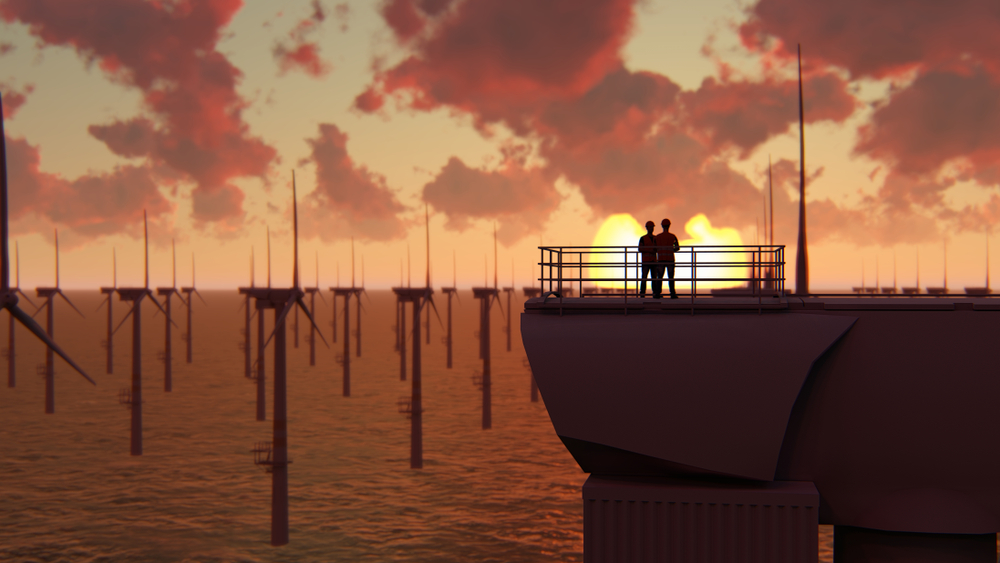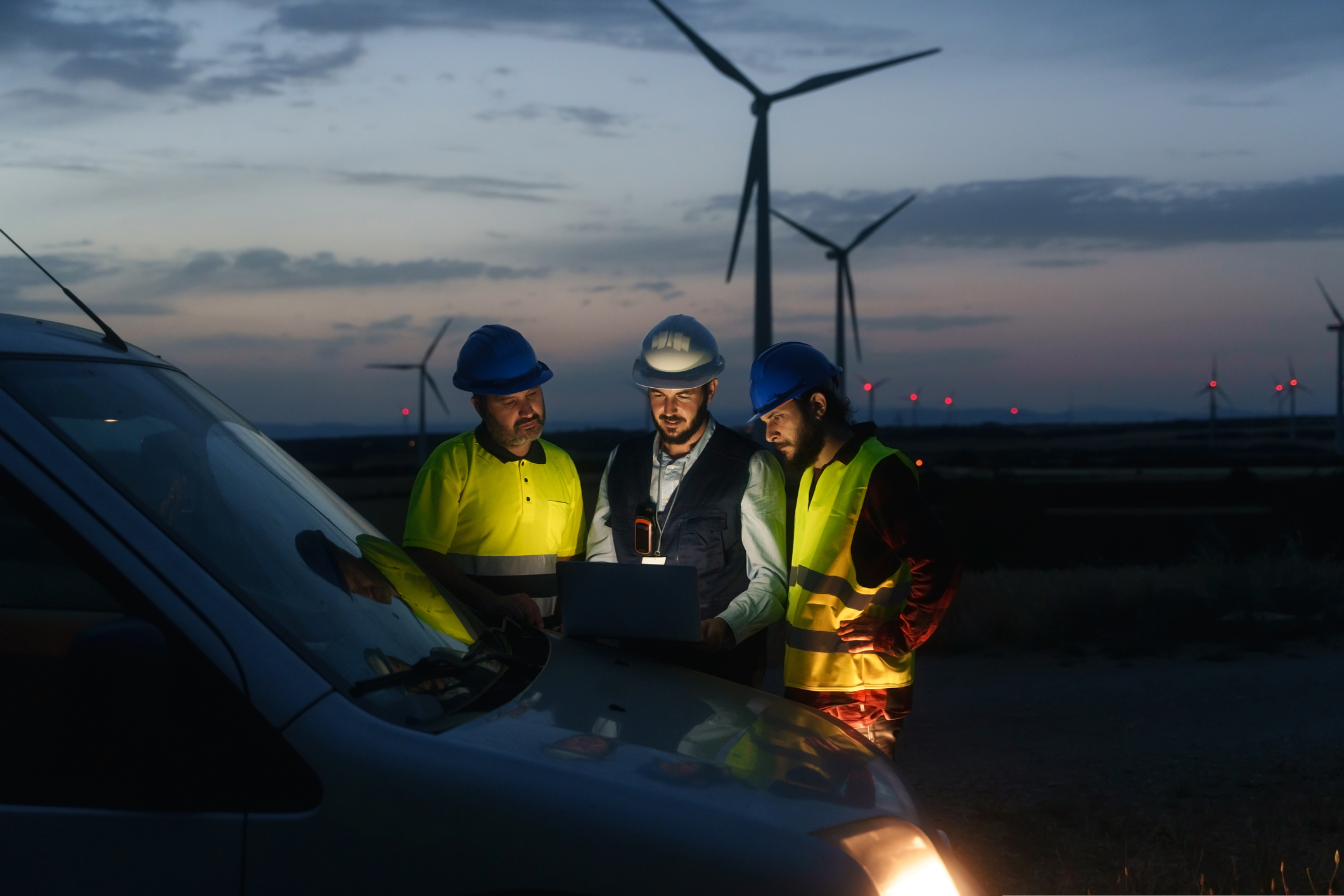Donald Trump will officially become the 47th President of the United States at noon on Monday, January 20. With Trump’s inauguration, several decisions could have a global ripple effect on energy policy. Edge2020 highlights key changes that may shape the landscape heading into 2025.
Withdrawal from the Paris Agreement
There is anticipation that Trump could direct the U.S. to withdraw again from the 2015 Paris Agreement, as he did during his first term.
The Paris Agreement is a global pact to combat climate change by reducing fossil fuel emissions and limiting forecasted temperature increases.
The U.S., as the largest historical emitter of greenhouse gases, is a key player in driving global climate efforts. Therefore, its withdrawal could be significant.
Increase in Gas and Oil
Trump plans to lift the moratorium on new LNG export permits imposed by Joe Biden’s administration in early 2024. The moratorium was introduced to allow a study on the environmental and economic impacts of rising U.S. gas exports, which surged as the Russia-Ukraine war prompted many countries to cut imports of Russian gas.
In addition to this, Trump is anticipated to increase oil and gas drilling within the U.S., reversing Biden’s attempt to reduce fossil fuel development on U.S. acreage.
This will be subject to the discretion of his administration to determine which acreage will be offered for auction to drillers. Biden’s recent use of the Lands Act to protect areas various areas in the Atlantic and Pacific will pose challenges in expanding offshore drilling.
Offshore Wind
Trump has expressed his intention to stop new offshore wind developments, citing concerns in regards to cost, its potential impact on whale populations, and the waste generated by decommissioned turbines.
The offshore wind industry in the U.S. is already facing significant challenges with rising costs and supply chain issues.
Tariffs
Trump has promised to impose tariffs on various U.S. imports, including Canadian crude oil, as well as parts for solar and electric vehicle batteries. The impact of these tariffs will depend on the specific details of their implementation.
National Emergency for Energy
Trump may declare a national energy emergency upon taking office, following statements made during his campaign last August, where he pledged to reduce electricity and gas prices. This would allow him to fast-track permits for new infrastructure and other energy projects. This includes projects within industries such as natural gas, renewables, pipeline operators, and nuclear.
This move aligns with his broader agenda to expand energy production in preparation for the anticipated increase in demand from data centres.
Donald Trump’s inauguration as the 47th U.S. President marks a major shift in energy policy. Plans to boost oil, gas, and LNG production, withdraw from the Paris Agreement, halt offshore wind projects, and impose tariffs could reshape global energy dynamics.
How might these policy changes, if implemented, shape the future of energy?



